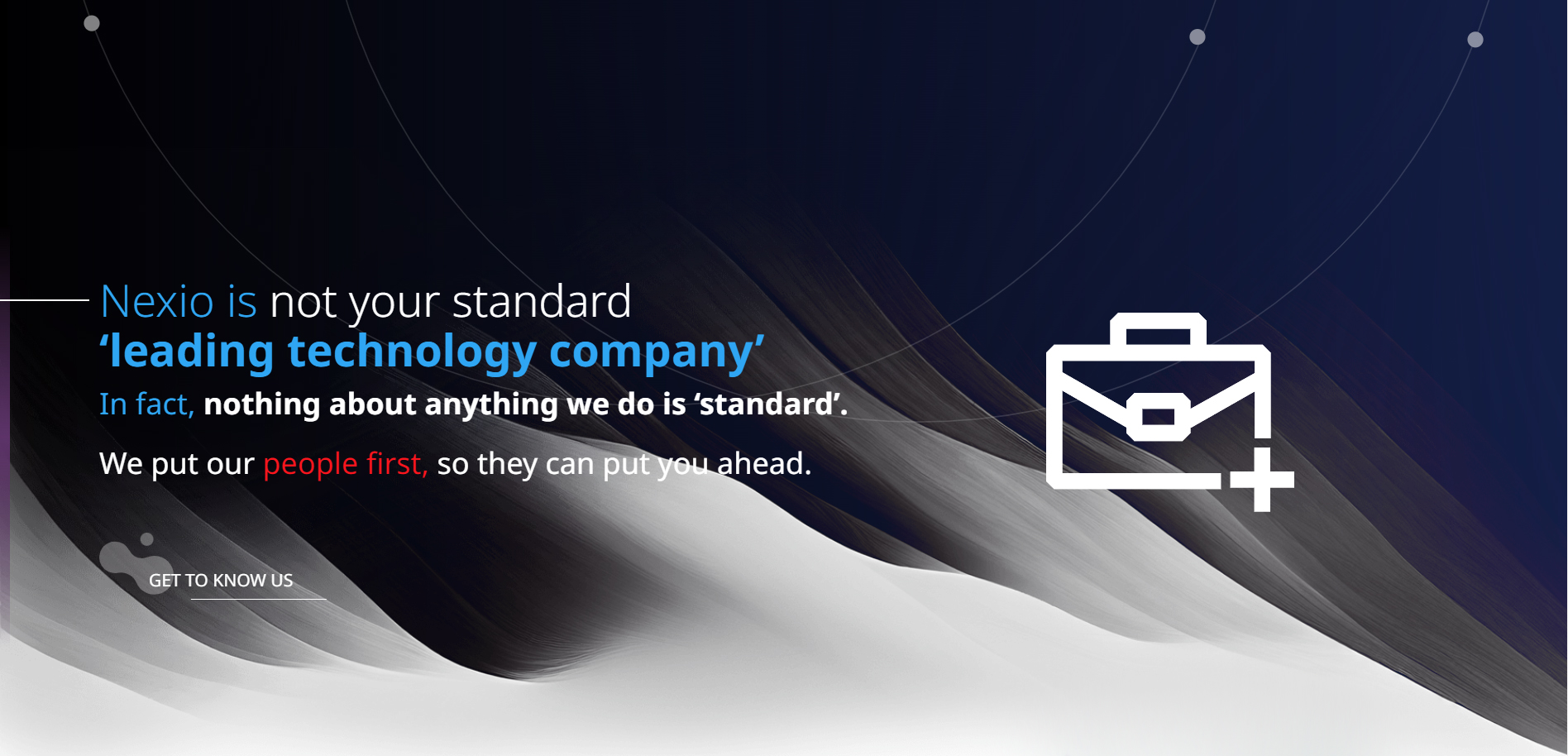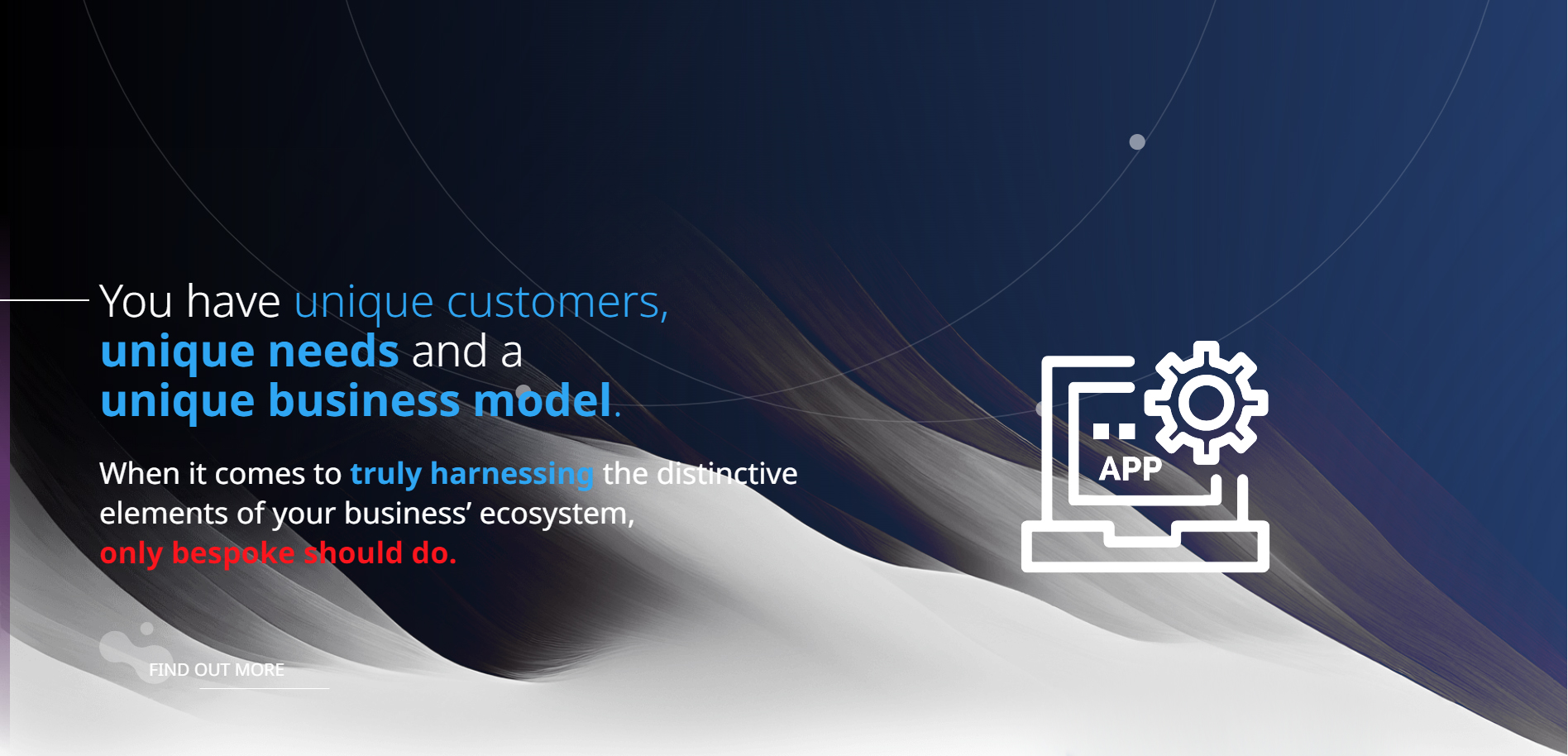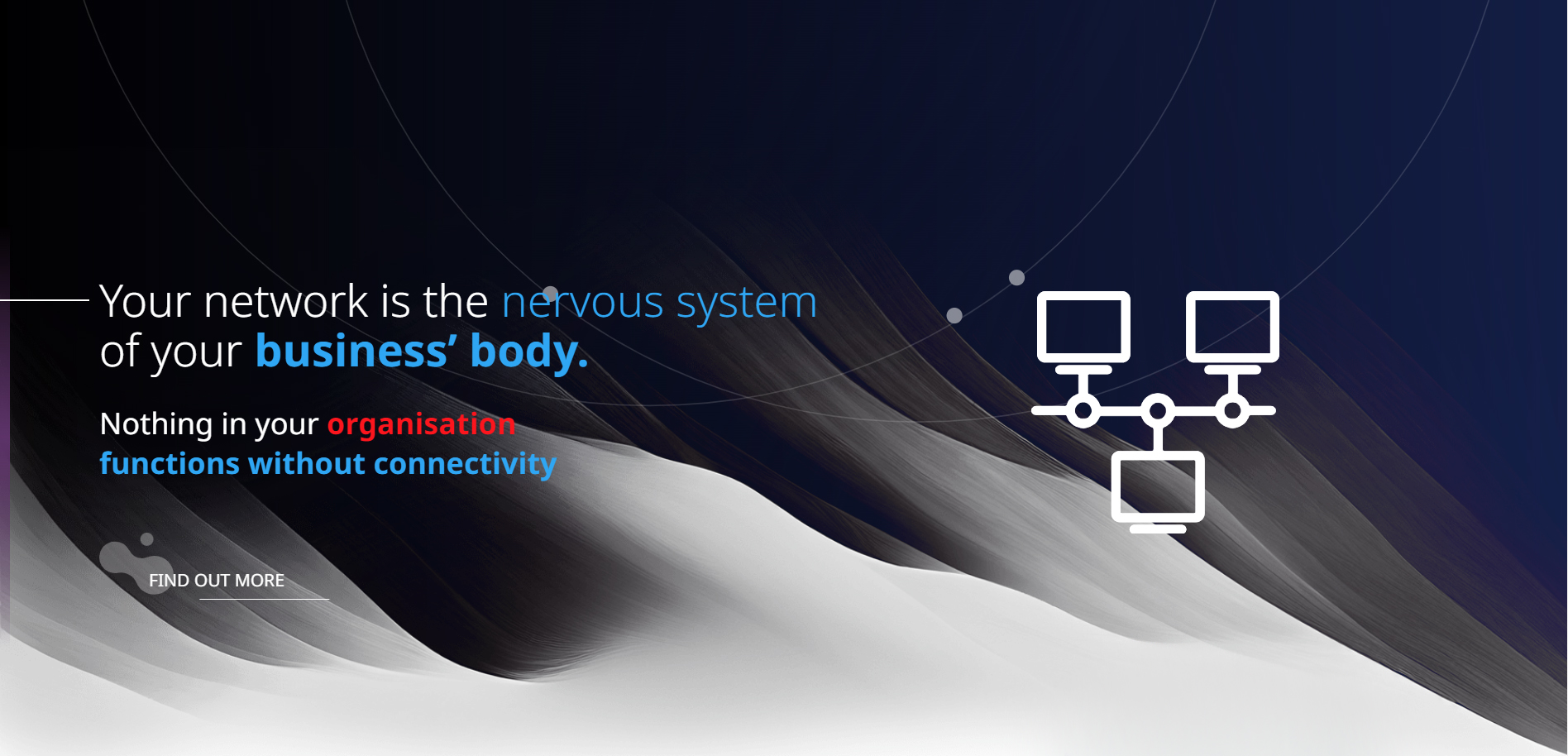Business disruption is more than merely the latest hot topic. It is, in fact, the new normal and is a reality that companies now face on a regular basis. The major cause of disruption is the rapid advancement of technology and globalisation, which allows new business models to be introduced at an ever-increasing rate and with rapidly declining costs.
Increasing digital disruption serves to make enterprises focus more intensely on their customers. Today, suggests Deshan Govender, chief sales officer at Nexio, the customer is king and keeping them happy is critical. After all, one bad customer experience in the information age can have a massive impact on your business, as word of mouth and social media mean that a single customer can have a significant influence on other customers and potential customers.
“So the best way to keep your customers is to find ways to add value to them, and this is where embracing digital disruption plays a huge role. It enables organisations to utilise the latest technologies – such the Internet of things (IOT), artificial intelligence (AI) and big data – to develop a better understanding of the customer and to find smarter ways of delivering to them,” he says.
“However, investing in such technologies should not be done simply for technology’s sake, but rather as a means of interacting with and providing a service to customers that doesn’t simply meet, but consistently exceeds, their expectations. Moreover, once you have achieved this, you can begin using big data and analytics to determine what the customer may want, before the customers themselves even know.”
The challenge with trying to become a disruptor in order to avoid being one of the disrupted, explains Govender, is that if the business gets it wrong, it can have a hugely negative impact. This will be felt throughout the value chain, which in turn could impact economies of scale, leading to reduced efficiencies, increased costs and, ultimately, lost customers.
“To embrace digital disruption requires a holistic approach, which is where many businesses get it wrong. While the biggest success stories in this space, the likes of Uber and Airbnb, have made it seem like it is all about building a great application, there is much more to it. For one thing, it is critical to modernise your business processes first, in order to be able to effectively embrace new technologies.”
“Perhaps just as crucially, you need to inculcate a culture in which a disruptive approach can thrive, which means your people are just as important as your technology and your processes. Such a culture, furthermore, needs to be driven from the top down with buy-in from the entire C-Suite. This will make it easier to ensure your technology strategy and your operational strategy are able to dovetail correctly in order to deliver an optimal service.”
In the end, he points out, for digital disruption to succeed, you need to ensure people, processes and technology are all aligned. And it is not merely your own people either – it is just as vital to ensure your customers, partners and suppliers also undertake some form of change management in order to be so aligned.
Govender suggests that becoming a digital disruptor is much like building a house. The correct way is to begin with the foundations, then the walls and finally the roof. However, too many enterprises seek to begin by implementing the app (which equates to the roof), without the foundation and walls provided by the people and processes.
“Moreover, many businesses experience this failure in execution due to being too internally focused. By this, I mean they find themselves stuck doing things the way they have always done, instead of constantly talking to customers and partners and studying what new technologies are coming, as well as what new possibilities these bring to the table.
“The last word of advice I have to offer is that when undertaking the kind of transformation that can turn your business into a digital disruptor, you should tackle it in bite-sized chunks, rather than a big bang approach. It is better to build momentum by focusing on fixing the little things first, rather attempting to change the whole world in a day,” he concludes.
Share



